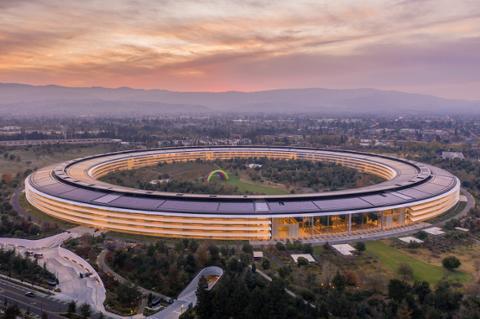Back in 2014, Apple introduced the Swift programming language. Apple positioned Swift as a replacement for Objective-C, its decades-old programming language for the company’s software ecosystem. Some pundits thought Swift would quickly drive Objective-C to extinction.
Several years later, Objective-C refuses to die. Perhaps that has a lot to do with the enormous amount of legacy code in the Apple ecosystem. As with many other languages, it also comes down to comfort: developers like to work with languages they know and like, and many have used Objective-C for their whole careers. Last but certainly not least, it’s also taken several years for Swift to build out some key features that developers want and need.
If you’re new to the Apple software-development ecosystem, you might be wondering which language to learn. The obvious answer is that Swift represents the future of Apple-related development, but familiarizing yourself with Objective-C is always good—you never know when you might have to wrestle with a legacy codebase. Which brings us to another key question: how much does mastering each language potentially pay?
According to Lightcast (formerly Emsi Burning Glass), which collects and analyzes millions of job postings from across the country, the median salary for those who specialize in Swift is $98,890 per year. Over the past 12 months, employers have posted some 90,872 jobs that included Swift as a requirement; based on that and other data, Lightcast thinks the market for Swift-related jobs will grow 5.8 percent over the next two years.
Lightcast’s database shows that jobs requesting Objective-C skills pay a median salary of $99,000 per year; some 38,546 job postings over the past 12 months mentioned the language, and the market’s projected growth over the next two years is 5.8 percent.
Before we move on, let’s analyze the salaries for technologists who specialize in the iOS stack, which includes both languages plus tools such as the iPhone SDK. This is probably the most accurate representation of the job market for iOS development (especially since many job postings ask that candidates master both Swift and Objective-C, not one or the other), and Lightcast pins the median salary for these positions at $97,298. Employers have posted some 59,354 open positions over the past year, and projected growth over the next two years is 9.8 percent.
One big thing we can conclude here: working in iOS (and the broader Apple software ecosystem) pays well. These Lightcast salaries are just the median; with the right mix of skills and experience, compensation can often climb still higher. Keep in mind that, according to the most recent Dice Tech Salary Report, the average technologist salary is $104,566, a 6.9 percent increase between 2020 and 2021.



